How Colleges Can Use VR for Construction Safety Training?
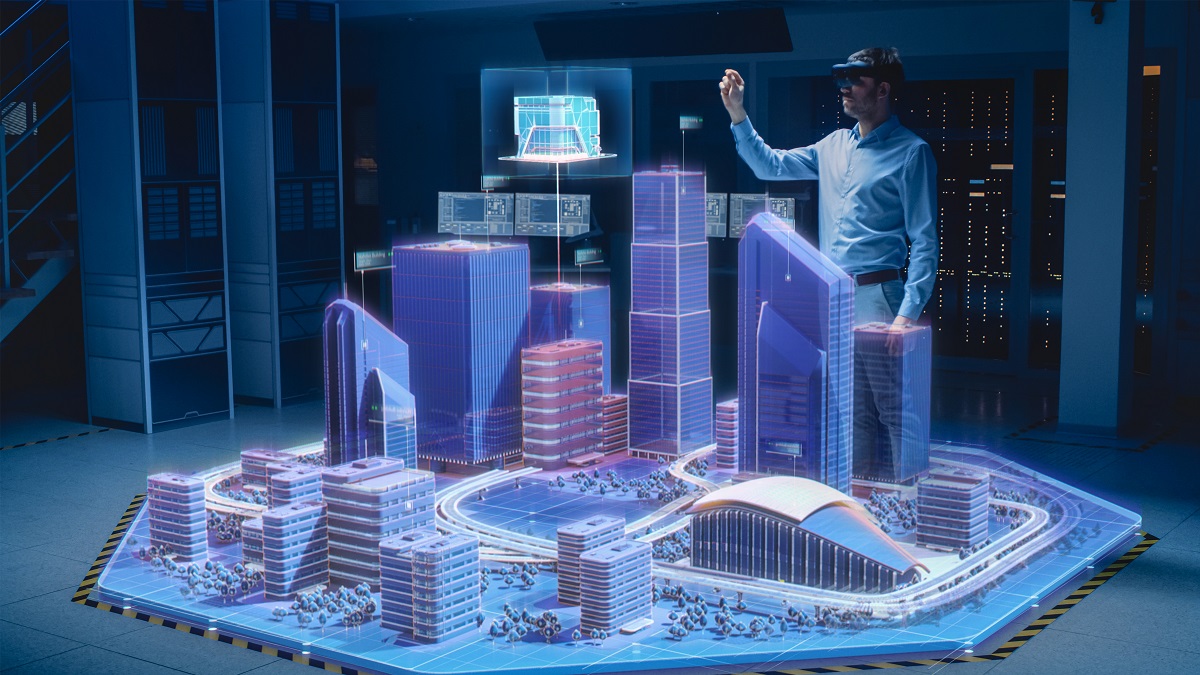
In a world where technology is incessantly advancing, the educational world cannot afford to lag. Today's colleges are no longer limited to traditional brick-and-mortar classrooms, static textbooks, or age-old teaching methods.
The next frontier of learning is here, and it's immersive, interactive, and incredibly realistic.
Welcome to the era of Virtual Reality (VR) in construction safety training.
Understanding the nuances of construction, with its vast array of machinery and ever-present dangers, has always been a challenge. While theoretical knowledge forms the foundation, real-world application is the cornerstone of effective learning.
Integrating virtual reality in construction safety enhances this learning experience by providing immersive simulations that allow workers to navigate and interact with virtual construction environments, thereby gaining practical insights into potential hazards and safety protocols in a controlled setting.
But the question remains constant, “How can colleges simulate real-world construction scenarios without exposing students to genuine risks?”
The answer lies in the magic of VR. Whether it's mimicking the intricate procedures of bridge construction in VR or diving deep into the operational intricacies of mammoth machinery, VR provides a gateway to unparalleled learning experiences.
With VR for safety and training, colleges are not only modernizing their approach but are setting a new benchmark for comprehensive, risk-free, and deeply engaging education.
In this blog, we'll delve into how colleges are harnessing the power of Virtual reality for construction, its undeniable benefits, and the promising horizon of VR in the world of construction training. So, be prepared to be immersed!
Introduction to VR for Construction
The construction industry, being one of the most hazardous sectors, necessitates a robust training system to ensure safety. Traditional training methodologies often fall short in terms of engagement, real-world simulation, and hands-on experience.
This is where VR for construction bridges the gap.
Using VR software for construction not only enhances the learning experience but also ensures that the students gain practical exposure without any real-world risks.
The Need for Safety Training in Construction
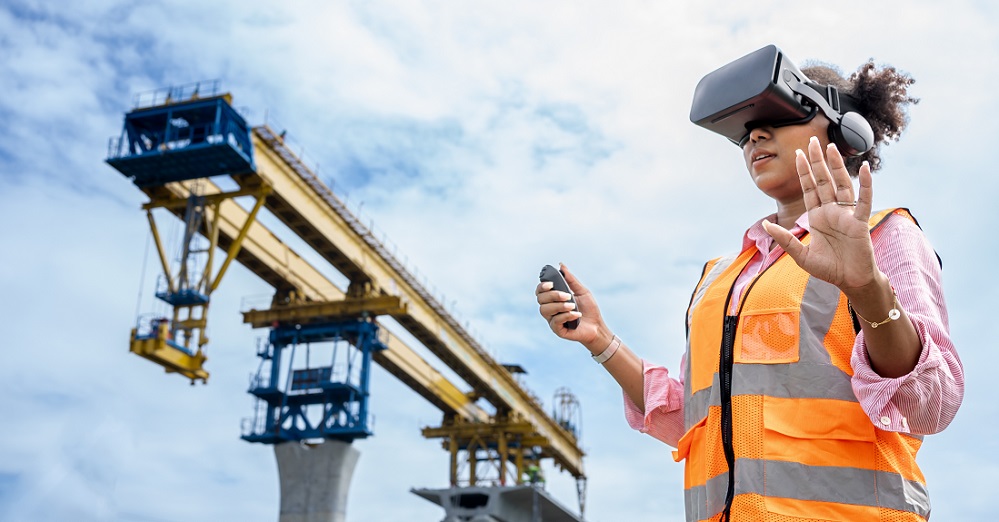 Construction sites are rife with potential dangers. From heavy machinery operations to the complexities of structural work, ensuring safety is paramount. Traditionally, construction safety training involved theory-based learning combined with on-site demonstrations.
Construction sites are rife with potential dangers. From heavy machinery operations to the complexities of structural work, ensuring safety is paramount. Traditionally, construction safety training involved theory-based learning combined with on-site demonstrations.
However, there are limitations. Real-world demonstrations can't replicate every possible scenario a worker might face, and there's always the underlying risk during these demonstrations.
Enter Virtual reality for safety and training. With the immersive environment that VR provides, students can experience a multitude of scenarios, from the operation of a chain trencher to the intricate details of bridge construction in VR.
This real-world, risk-free simulation ensures that students are better prepared for the challenges they might face on an actual construction site.
How Colleges Can Implement VR for Construction Safety Training?
By integrating the practical applications of VR, like virtual industrial visits, immersive machinery interactions, real-world training through scenario-based modules, and tailor-made VR learning experiences into their curriculum, colleges are not just keeping pace with technological advancements; they are pioneering modern, efficient, and deeply engaging approach to construction safety education.
☑️ Virtual Industrial Visits
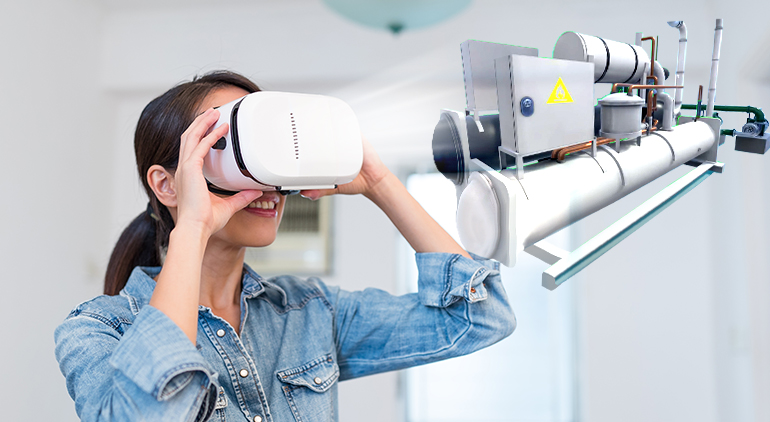
A standout feature of VR for engineering is the transformative experience of virtual industrial visits.
This approach allows students to step into diverse construction environments from the comfort of a classroom through the incorporation of virtual reality in construction safety.
They can engage with different stages of construction, delve deep into safety implementations, and confront the real-world challenges that professionals face.
Beyond the academic insights, these virtual visits curtail the hefty logistical expenses often tied to field trips, making immersive learning experiences more accessible and cost-effective.
The freedom to virtually traverse multiple construction landscapes, regardless of their geographical locations, further amplifies the learning experience.
☑️ Immersive Machinery Interactions
Understanding the working of heavy machinery is critical. With VR software for construction, students can learn but also virtually control and interact with these mechanical giants.
Be it a deep dive into the chain trencher working or unraveling the sophisticated operations of towering cranes, VR ensures students receive a realistic, yet safe, machinery operating experience.
☑️ Real-World Scenario-Based Training Modules
VR for safety and training goes beyond traditional theoretical instruction. Colleges can harness VR's potential by crafting scenario-specific training sessions. Imagine a student immersed in a virtual world, navigating through the meticulous safety steps integral to bridge construction in VR.
In another session, they might be virtually stationed at an excavation site, evaluating and responding to simulated threats and hazards. These real-world replicas ensure that the training is as authentic as it is informative.
☑️ Tailor-Made VR Learning Experiences
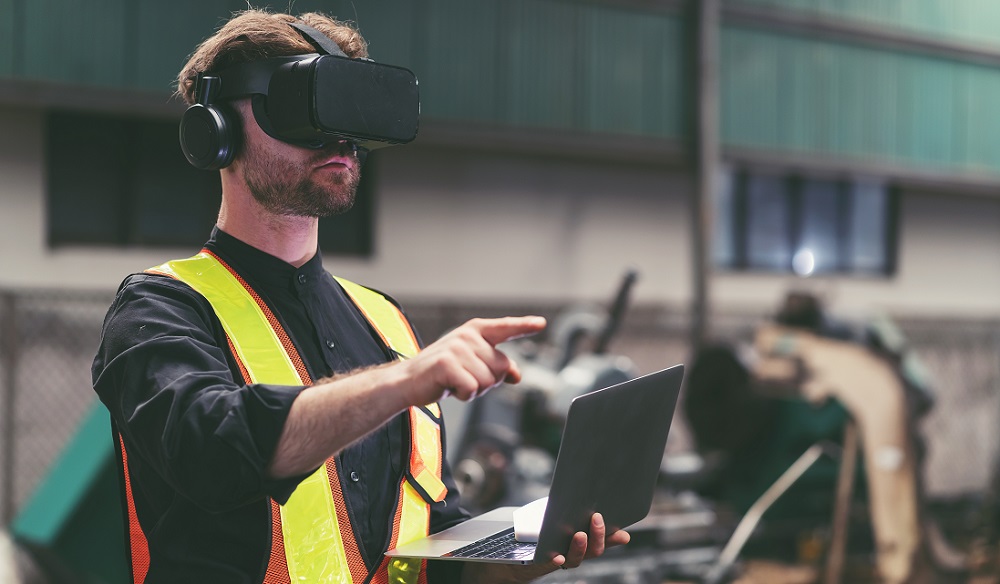 The world of VR is as vast as one's imagination.
The world of VR is as vast as one's imagination.
Recognizing its potential, colleges have the unique opportunity to partner with VR experts and create bespoke educational experiences.
Depending on the academic focus, be it VR for civil engineering or a broader application like VR for higher education spanning architectural innovations, the VR world can be molded and tailored.
This ensures students receive an education that aligns perfectly with their curriculum while being immersed in a technologically advanced learning environment.
Advantages of Using VR for Safety and Training
VR is more than just a technological marvel.
By offering a blend of engagement, safety, and comprehensive training, VR is setting the gold standard for the future of construction safety education in colleges. The advantages of using VR for safety and training are explained below:
☑️ Enhanced Engagement
It's no secret that traditional classroom settings can sometimes struggle to captivate students' attention.
However, VR's immersive world offers an entirely different dynamic.
By placing students in the heart of the action, VR makes learning visceral and direct. The sheer interactivity and realism of VR environments ensure that students aren't just passive observers, instead, they become active participants in their education.
This heightened engagement drives a deeper connection to the material, leading to increased retention rates and a more profound understanding of complex subjects.
☑️ Risk-Free Environment
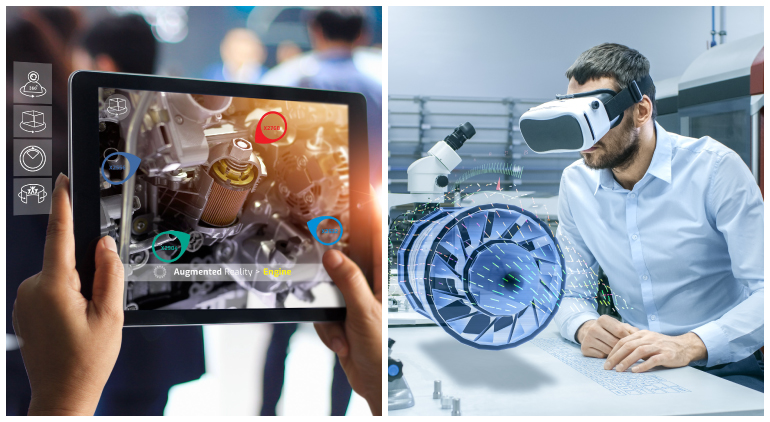 In real-world training scenarios, particularly in fields like construction and engineering, there's always an element of risk involved. Mistakes, though a natural part of the learning process, can have serious consequences.
In real-world training scenarios, particularly in fields like construction and engineering, there's always an element of risk involved. Mistakes, though a natural part of the learning process, can have serious consequences.
This is where VR for training engineering students shines.
It offers a platform where trial and error don't come with potential hazards. Students can familiarize themselves with equipment, master techniques, and even make mistakes, all within a safe virtual cocoon.
This safety net allows for accelerated learning as students can push boundaries without fear, gaining confidence and expertise rapidly.
☑️ Comprehensive Training
Traditional training methods, while valuable, are often limited by logistical and practical constraints. There are only so many scenarios one can simulate in a controlled physical setting.
VR for construction safety training breaks these boundaries. Whether it's simulating a challenging weather condition during a construction project, dealing with unexpected equipment malfunctions, or navigating through a high-risk scenario like a site accident, VR can replicate it all.
This breadth of experience ensures students aren't just theoretically prepared but have virtually "lived" through numerous situations they might face in the field.
The result?
Professionals who are not only knowledgeable but also have practical insights and instincts honed by repeated virtual exposure.
"Transform Your Construction Safety Training with the Power of Virtual Reality: Experience the Future of Learning Today!"
Future Prospects of VR in Construction Training
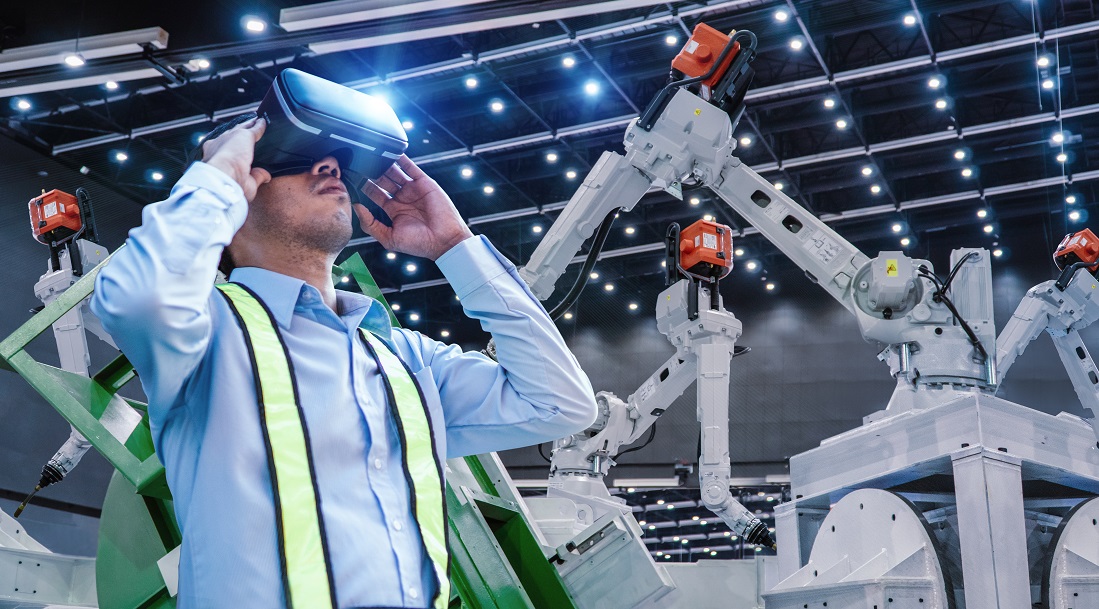 The integration of VR in construction safety training is just the tip of the iceberg.
The integration of VR in construction safety training is just the tip of the iceberg.
As technology advances, we can anticipate a deeper immersion, with features like haptic feedback simulating the physical sensations of a construction site. Here’s a glimpse into what the future might hold:
☑️ Hyper-Realistic Simulations
With advancements in graphical fidelity and processing power, future VR environments will not only look but also feel more realistic. This means that students won't just observe a digital representation of a construction site; they'll be part of a near-photorealistic world.
Every detail, from the texture of the materials to the play of light and shadow, will mimic reality, enhancing the depth of their learning experience.
☑️ Haptic Evolution
While the concept of haptic feedback is already in play, future iterations will be far more advanced. Imagine gloves or suits that can replicate the sensation of weight, temperature, or even the subtle vibrations of machinery.
Such innovations will allow students to gain a tactile understanding of their surroundings, bridging the gap between the virtual and the real.
☑️ AI-Integrated Training
The convergence of AI and VR will herald a new era of personalized training. AI algorithms can analyze a student's performance in real time, adjusting the VR scenarios accordingly.
For instance, if a student excels at certain tasks but struggles with others, the AI can curate scenarios that focus on improving those weak areas, ensuring a tailored and efficient learning curve.
☑️ Multi-User Collaborative Environments
Instead of isolated experiences, we'll see a rise in collaborative VR spaces where students from different parts of the world can engage in joint training exercises. This not only promotes teamwork but also exposes students to diverse perspectives and methodologies from their global counterparts.
☑️ Continuous Content Updates
With VR software for construction evolving, there will be a dynamic shift in content. Training modules will continuously update to reflect the latest construction techniques, safety protocols, and industry standards. This ensures that students are always in sync with the current trends and best practices.
☑️ Augmented Reality (AR) Integration
While VR immerses users in a completely virtual environment, AR overlays digital elements in the real world. The integration of AR with VR, often termed Mixed Reality, will allow students to interact with both real-world objects and virtual simulations simultaneously.
Imagine analyzing a physical model of a building while VR elements highlight potential safety risks or demonstrate construction techniques.
Conclusion
The transformative potential of VR in the realm of construction safety training is undeniable. From providing an engaging learning environment to ensuring comprehensive training, the advantages are manifold.
As colleges continue to adopt VR for construction, the next generation of construction professionals will undoubtedly be better equipped, better trained, and more prepared for the challenges of the future.
Incorporating phrases like VR for construction, VR software for construction, and VR for safety and training multiple times, and others like VR for engineering and bridge construction in VR ensures a seamless integration of key terms without compromising the flow and readability of the content.
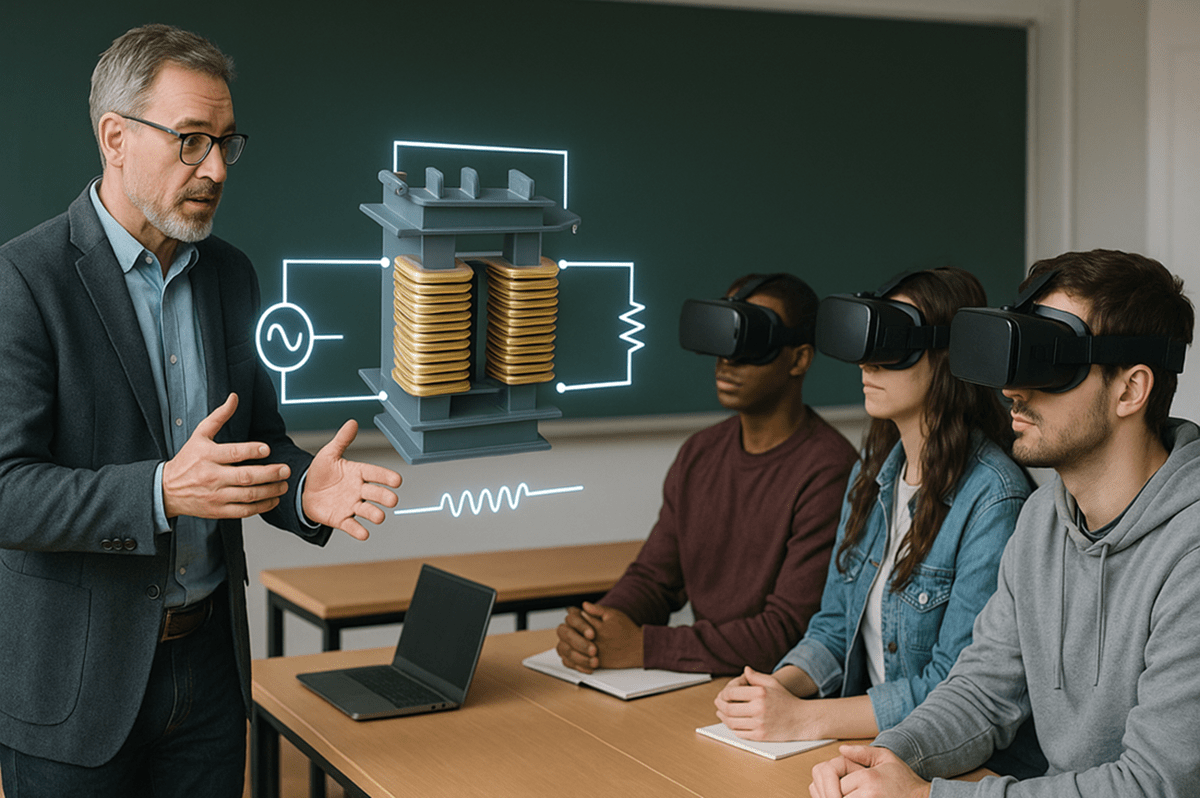
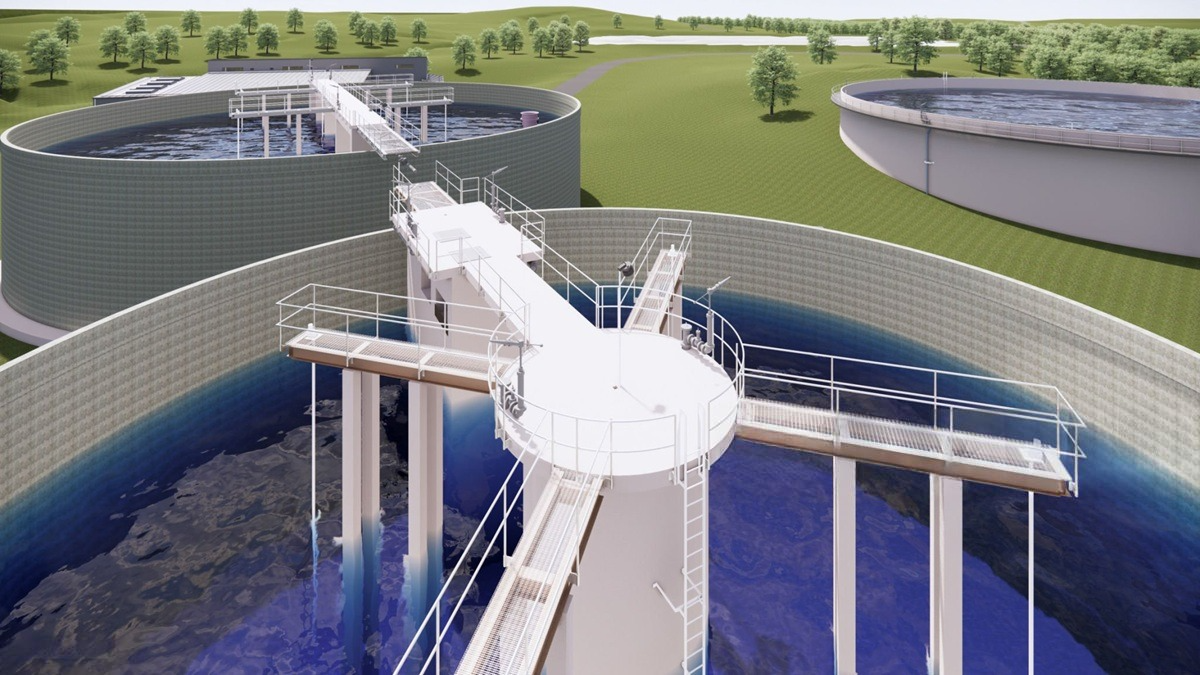
.png)
.png)

.png)